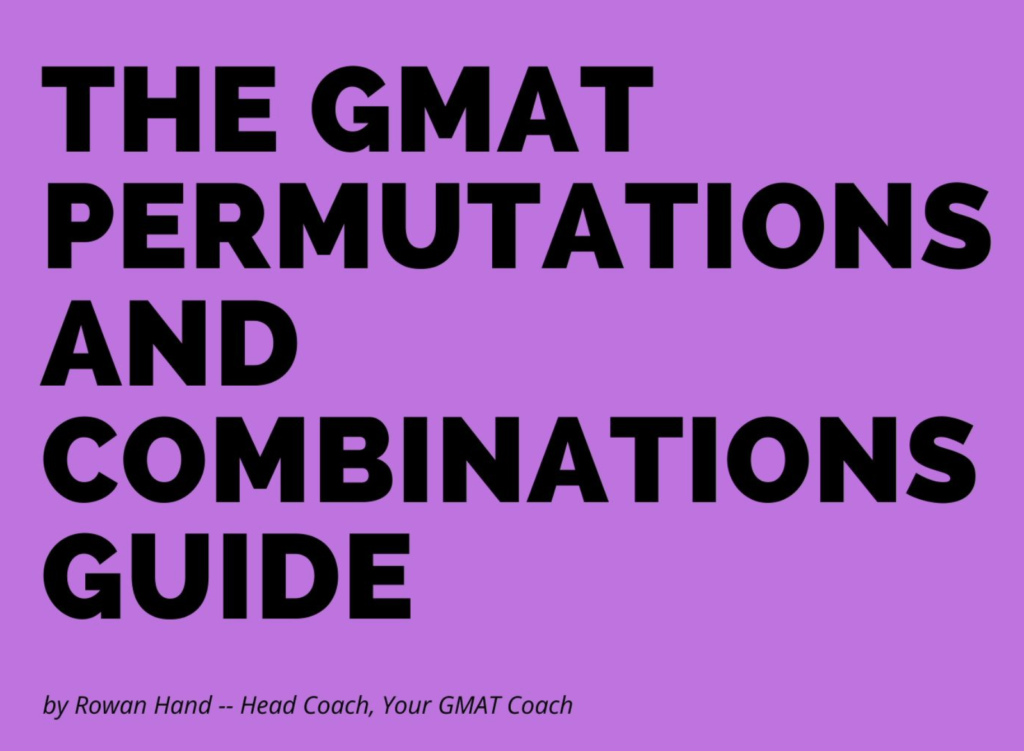GMAT Combinatorics: The Ultimate Guide to GMAT Factorials — the Three-Question Method
If we don’t get the concept of Factorials straight, the rest of this–Permutations and Combinations, quite a lot of advanced GMAT fatoring, etc.–is never going to work.
How to Think About GMAT Factorials in a Broad Sense
The idea of a Factorial is best described as a situation: let’s say that we have seven paintings to hang on a wall, and there are an unlimited number of places that we can hang them.
That is, we have no restriction on which particular paintings we’re hanging–rather, we can just put them any damn place we please.
Let’s start with the Core Questions for GMAT Factorials:
How Many Spaces?
This is sort of convenient, isn’t it? We don’t have any restriction on the spaces, so we can simply say seven total spaces because there are seven paintings. I guess we could theoretically say eight, nine, or 37 spaces, but there are only seven total things to count so we’re still limited back to seven.
So here are our seven spaces:
_______ __________ ________ ________ __________ _________ ________
Let’s go to the next question.
How Many Choices?
This one’s probably easier on the surface. We have seven things, so that of course means that we can choose from–wait for it–seven paintings!
What this means in practice, of course, is that we can simply fill the spaces, counting down from seven. In other words, we have seven choices for the first space. We have then chosen one painting, meaning that we have six choices for the second space, etc.
7 6 5 4 3 2 1 = 7!
The only thing to bear in mind here is that we multiply in between the spaces for a total of 5040.
That is,
7 x 6 x 5 x 4 x 3 x 2 x 1 = 7! = 5040
(At this risk of assuming too much knowledge, I’m taking it for granted that if you’ve picked up this book you’re aware that the exclamation point is the mathematical shorthand for Factorial.)
Now, all that said, it’s possible that the multiplication business doesn’t come naturally. This is OK–you can remember a simple example.
Let’s say that we have three main courses and four appetizers available. How many different meals can be made from these possibilities?
It might be simplest to look at a diagram here:

What we see is that if we choose Main Course 1–that is, we “lock Main Course 1 into place”– we have four choices: one for each of the four appetizers. Likewise, if we lock Main Course 2 into place, we could have a further four, and the same for Main Course 3.
This, of course, gives us different meal possibilities. It’s no different when you have more than two spaces: you just multiply each space by the value in the successive space, and you’re good.
Now on to the third question.
Does Order Matter?
Well it bloody well should, should it not? That’s the point of the question, after all: we are calculating how many different orders can we put the paintings in.
Factorial, the most basic, native calculation in Combinatorics, provides a situation where Order Matters.
So that’s a useful thing to tattoo on the inside of your eyelids:
The Factorial calculation always creates a situation where Order Matters.
Everything else is just variations on this theme.
If you understand GMAT Factorials, we only have two more essential building blocks to worry about: 1) how to clip the Factorials by restricting the number of possible spaces (Permutations); 2) how to take one of those clipped Factorials and randomize the bastard (Combinations).
As a bonus, take a look at this simple hack for canceling GMAT Factorials here!
Onward and upward. Check out the next GMAT Combinatorics article here: GMAT Permutations, GMAT Combinations, and how to understand P&C Shorthand!
Let’s be honest, you’re probably concerned about GMAT Mixtures as well. You can check out the Ultimate Guide to GMAT Mixtures here!






